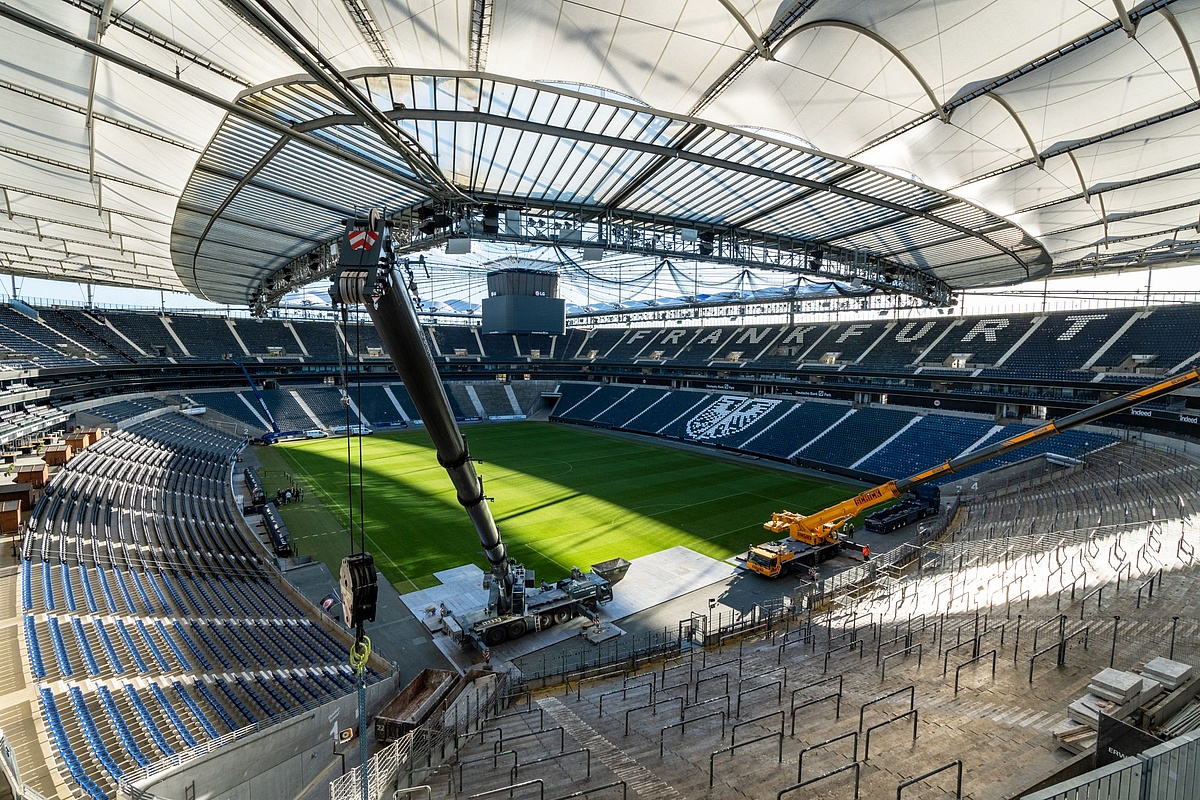The report on the current market shares of GPU manufacturers shows a deep crisis of the entire computer market. AMD currently has the biggest problems from this.
Three months have passed again and it’s time for the quarterly report on the market share of graphics cards, or GPUs in personal computers, compiled by analyst firm Jon Peddie Research. Statistics have been compiled for the third quarter (July to September), which is the summer before the release of the new generation of cards. At the same time, the crisis hit full force, and along with the bursting of the cryptocurrency bubble, the demand for gaming graphics dropped sharply. This quarter was very special for that.
JPR reports that in the third quarter of this year, sales of all GPUs tracked by its stats (meaning discrete GPUs from Intel, AMD, and Nvidia, as well as integrated graphics in AMD and Intel processors) fell 25.1 percent compared to the same period last year. The decline in sales is also reported against prior to the second quarter – in contrast, GPU shipments to the market decreased by 10.3%.
A dark neighborhood for laptops and discrete graphics cards
The decline in interest was primarily for discrete graphics cards, which declined even more than this average indicates. Direct sales of CPUs, which are a gauge of whole computer sales, were down “only” 18.6% year over year (and 5.7% quarter on quarter). This means that a discrete GPU has become a less common component in PCs being sold. In Q2 2022, there were statistically about 1.21 GPUs per PC (because some computers have both integrated and discrete graphics), but in Q3 2022 it was said to be only 1.16:1.
The biggest drop on an annual basis, however, seems to have been in the sale of notebooks (here we don’t know if it mainly concerned those with integrated GPU in the processor, or gaming ones with separate GPU). According to JPR, shipments of notebook GPUs are down 30%. Laptops are likely to be hardest hit by the problem that after the previous covid boom, manufacturers and retailers were left with large unsold stocks in warehouses that they now have to dispose of, so they stopped new purchases. Another statistic demonstrates this steep decline in notebook sales: According to JPR, desktop processors accounted for 28% of CPU sales in the second quarter. In the third quarter, their share jumped to 38%, which gives an idea of how much notebook sales should have declined overall. The total number of CPUs sold was 70 million in Q2 and only 66 million in Q3.

In desktops, the overall deterioration was only 15.43%, but this is due to the inclusion of all integrated graphics. Things were much worse for the separate cards in the PCI Express slot, according to JPR, their sales were 33.5% worse, which is not a year-over-year comparison, but a worsening from the previous quarter. At the same time, the third quarter is normally the time of year when sales are seasonally strongest.
AMD’s market share has dropped significantly, Intel has soared
But now to separate market shares. As a result, AMD lost the most this quarter, which was likely responsible for the lion’s share of the decline in sales of notebook processors and therefore also integrated GPUs in the third quarter. The company itself announced a significant deterioration in PC processor sales and that it is faced with the need to reduce the inventory accumulated in the distribution network, which could largely be Ryzen laptops. Processor market share statistics also showed the same.
According to Jon Peddie Research AMD sold 47.6% fewer GPUs (standalone and iGPUs in Ryzen processors) in Q3 than in Q2. And so it lost a whopping 8.5 percentage points of market share. Its market share in the third quarter of 2022 was therefore only 12% from 20% in Q2 2022 (and 18% a year ago in Q3 2021).
Companies too Nvidia hit a significant reduction in sales, but not that high. In its case, of course, that’s just discrete GPU sales, and according to Jon Peddie Research, its sales were down 19.7% from last quarter. According to JPR, it lost 1.87 percentage points of market share and had a market share in the third quarter of 2022 of 16%. For comparison: a year ago in the third quarter of 2021 it held 20%.

In this situation, when sales of graphics cards in general and also sales of AMD laptop processors dropped significantly, it had its moment intel. This, on the other hand, managed to increase sales by 4.7%, while there may have been separate Arc graphics as well, but that was mainly the GPUs integrated into the processors. Intel’s market share on both contracting competitors increased by 10.3 percentage points consecutively, from 62% in the second quarter of 2022 to 72% compared to the third quarter of 2022.
Jon Peddie Research does not yet have sales figures for purely discrete graphics cards, Nvidia GeForce, AMD Radeon and Intel Arc. This statistic would be a little more relevant to the gaming market and is usually released a few days later. When those numbers are there, we’ll look into them as well. On how market shares will develop in the rest of the year (Q4 2022), JPR is expected to publish a report again in three months, i.e. at the end of February.
Source: Search for Jon Peddie


